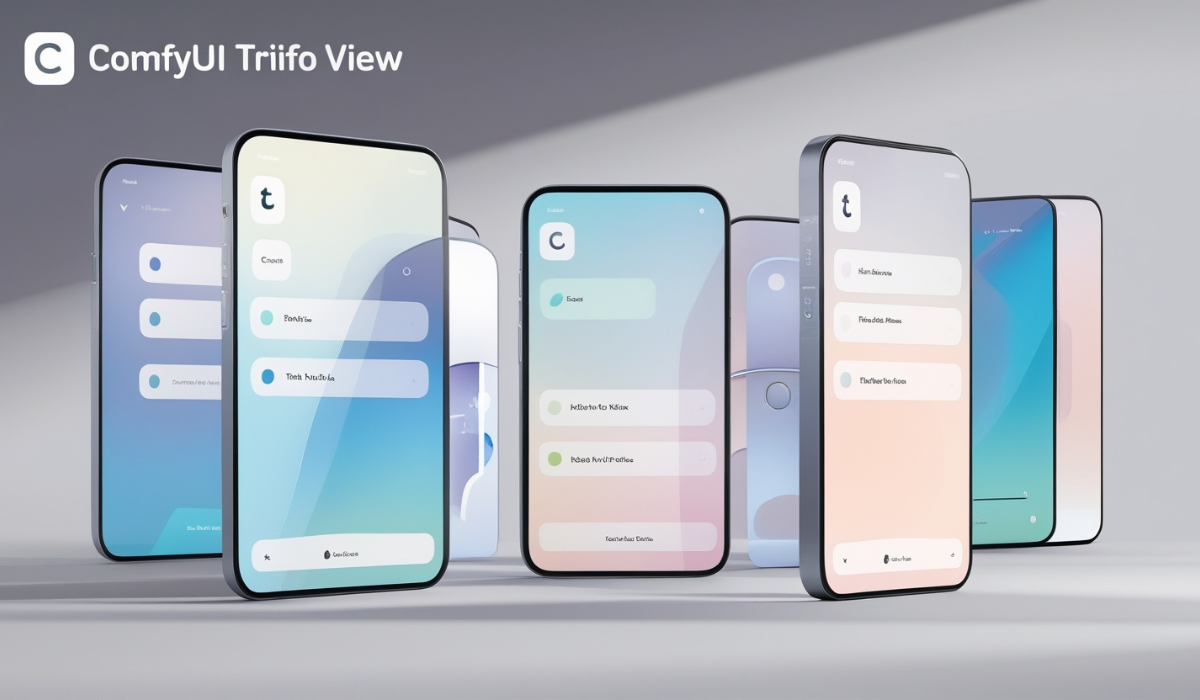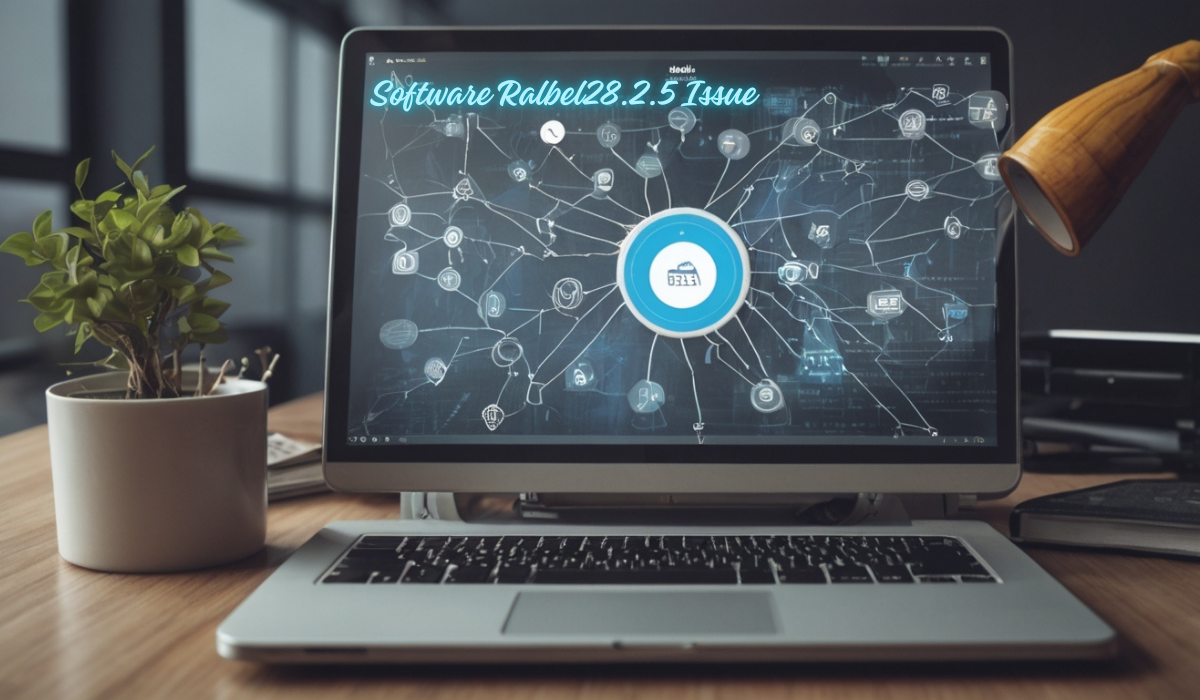ComfyUI Trifo View in All Angles: Revolutionizing User Interfaces
Introduction
User interface design constantly evolves, but few innovations have been as game-changing as the ComfyUI Trifo View in All Angles. This groundbreaking approach allows users to view and interact with objects, data, and interfaces from all angles, offering a 360-degree perspective and unprecedented control.
Whether you’re a developer aiming to implement it in your application or a curious user wanting to explore its features, ComfyUI Trifo redefines how interfaces work. This article dives deep into the concept, exploring its philosophy, unique features, and potential applications across various industries all while presenting practical examples that showcase its potential.
What Is ComfyUI Trifo?
At its core, ComfyUI Trifo is a design philosophy that enables users to interact with interfaces without the constraints of fixed perspectives. Unlike traditional user interfaces that only allow interactions from predefined viewpoints, ComfyUI Trifo introduces 360-degree interactivity, making systems more intuitive, engaging, and functional.
This design philosophy interweaves aesthetic appeal with practical utility, ensuring users get visually captivating and highly functional interactions. The result? User experiences that feel immersive, intuitive, and limitless.
Why Is It Significant?
ComfyUI Trifo opens up possibilities for innovation by creating dynamic interfaces that adapt to users’ needs and preferences. Its flexibility, accessibility, and modern design principles make it ideal for industries requiring detailed visualization and intricate interaction.
Here’s why ComfyUI Trifo stands out:
- Enhanced Perspective – Users can view objects or data from every angle, fostering more profound understanding and awareness.
- Dynamic Adaptability – Interfaces reposition and resize to fit each user’s perspective, maintaining clarity and coherence.
- Unparalleled Precision – Fine-tuned controls allow users to manipulate viewpoints smoothly and intuitively.
Key Features of ComfyUI Trifo
ComfyUI Trifo’s success is driven by a set of unparalleled features that distinguish it from conventional UIs. Below, we explore its standout elements and provide scenarios highlighting their value.
1. Dynamic Perspective Control
This feature empowers users to adjust their viewpoint effortlessly, enabling them to explore 3D objects and complex datasets with unmatched precision.
- Applications:
- Architecture: View building models from multiple angles to inspect structural features.
- Education: Students can rotate virtual models to deeply understand anatomy, molecules, or planetary systems.
- Entertainment: Gamers can shift their perspective quickly, enhancing in-game immersion.
2. Adaptive Interfaces
ComfyUI Trifo ensures UI elements reposition and resize themselves according to the user’s perspective, guaranteeing that nothing gets obscured.
- Real-world Advantages:
- Product Design – Teams can align interface features directly toward user needs, ensuring intuitive navigation.
- Healthcare – Doctors analyzing medical scans can ensure vital details remain in focus, reducing errors.
3. Seamless Platform Integration
Built for versatility, ComfyUI Trifo integrates effortlessly with existing platforms making it a developer’s dream tool.
- Features Supporting Integration:
- Frameworks supporting numerous coding environments.
- Compatibility with primary development tools such as Unity and Unreal Engine.
- Plug-and-play functionality for accelerated deployment.
4. High Performance
Even when handling heavy datasets or rendering intricate scenes, ComfyUI Trifo delivers exceptionally smooth performance. Leveraging cutting-edge optimization techniques ensures lag-free, seamless interactions.
- Efficient Technologies
- GPU optimization for faster rendering.
- Innovative memory management for large-scale applications.
5. Customization Options
From color schemes to layout designs, ComfyUI Trifo caters to customization, ensuring users and developers can tailor their experience based on needs or preferences.
Applications of ComfyUI Trifo
ComfyUI Trifo’s versatility makes it applicable across many industries. Here’s how it’s transforming different domains.
A. Education
- Interactive Learning – Modules that allow students to engage with 3D representations of objects like human organs or chemical compounds.
- Virtual Labs – Simulations benefitting from full-angle views to better illustrate concepts such as physics, biology, or engineering.
B. Healthcare
- Medical Diagnostics – Enhanced visualization of CT scans or MRIs improves analysis quality and aids surgeons in planning complex procedures.
- Patient Communication – Offers a clear 3D representation to better understand the patient’s condition.
C. E-commerce
- Virtual Showrooms – Online shoppers can spin products around, inspect them closely, and get the feel of holding a tangible item, boosting buyer confidence.
- Retail Insights – Collect and analyze user interactions with a 360-degree view to gauge customer preferences.
D. Gaming
- Immersive Gameplay – Introduce levels of immersion previously unheard of by allowing players to see every in-game detail and control perspectives effortlessly.
- VR Experiences – Enhance virtual reality scenarios by combining interaction with superior visuals.
E. Marketing & Advertising
- Interactive Ads – Use 360-degree product visualizations to engage users and create memorable ad experiences.
- Creative Storytelling – Build interactive campaigns that leverage Trifo interfaces’ dynamic visuals.
Challenges in Implementation
While ComfyUI Trifo offers numerous benefits, its implementation comes with challenges.
1. Development Complexity
Integrating 360-degree perspectives demands advanced programming skills and additional performance testing, especially for large-scale applications.
2. Hardware Requirements
Poor graphics processors in older systems might reduce performance, limiting accessibility.
3. Learning Curve
Employees and customers may need additional training to unlock the full potential of these interfaces.
How to Implement ComfyUI Trifo in Your Workflow
- Assess Requirements – Identify your application’s specific use cases for ComfyUI Trifo.
- Choose Development Tools – Select compatible development environments and frameworks for your platform.
- Test Extensively – Ensure smooth performance even for high-demand scenarios like object-heavy views or collaboration features.
- Train Users – Develop tutorials and resources to streamline onboarding for developers and end users.
The Future Possibilities of ComfyUI Trifo
With advancements in AI, machine learning, and AR/VR technologies, ComfyUI Trifo is poised to play a more significant role in the future of design. Its ability to seamlessly blend aesthetic appeal and functionality makes it ideal for applications yet to be imagined.
FAQs about ComfyUI Trifo View in All Angles
Q1. Can ComfyUI Trifo work on all devices?
A. Yes, but high-performance capabilities depend on the device’s processing power.
Q2. Is ComfyUI Trifo only suitable for developers?
A. No, it caters equally to end users, offering intuitive design for interaction-driven interfaces.
Q3. How steep is the learning curve for beginners?
A. Though it provides advanced features, ComfyUI Trifo is designed for ease of use, and developers typically offer helpful tutorials.
Q4. Does it support AR/VR applications?
A. Absolutely! ComfyUI Trifo excels in immersive environments such as augmented and virtual reality.
Final Thoughts
ComfyUI Trifo is not just a leap forward in user interface design. It’s a reimagining of how humans interact with technology. This innovative concept transforms everything from education and healthcare to gaming and retail by allowing multidimensional interaction. For developers and industry professionals, mastering ComfyUI Trifo represents an opportunity to craft experiences that resonate deeply with users.
When you choose ComfyUI Trifo, you’re not just designing for today. You’re shaping the future of digital interaction. Explore its possibilities, and witness how it can redefine your applications.




Post Comment